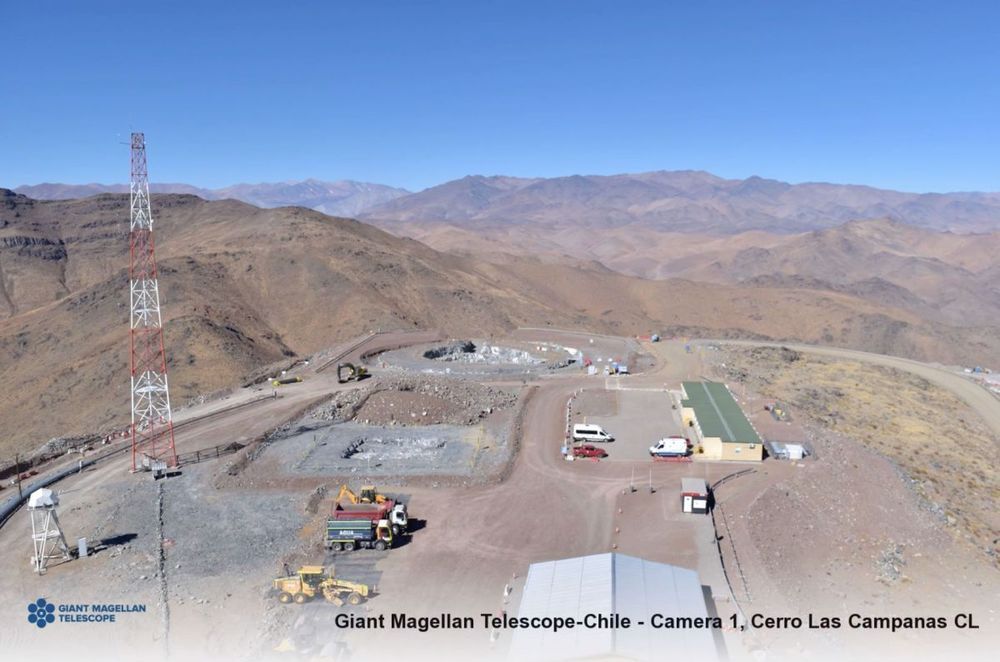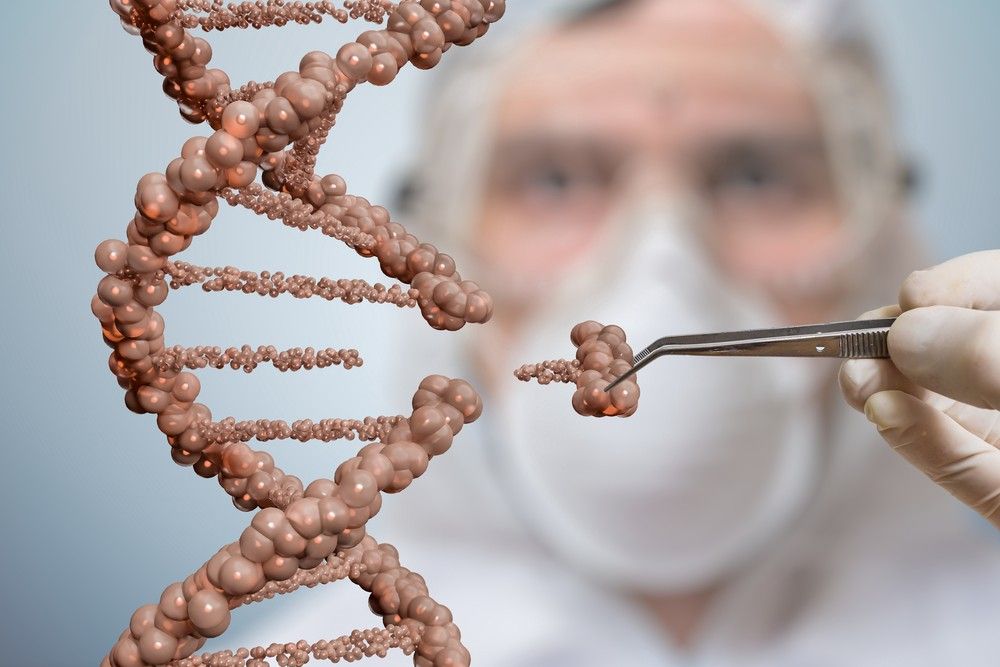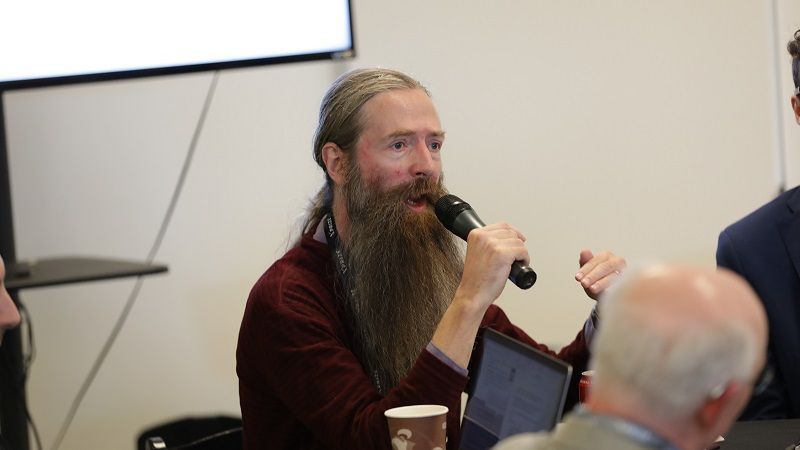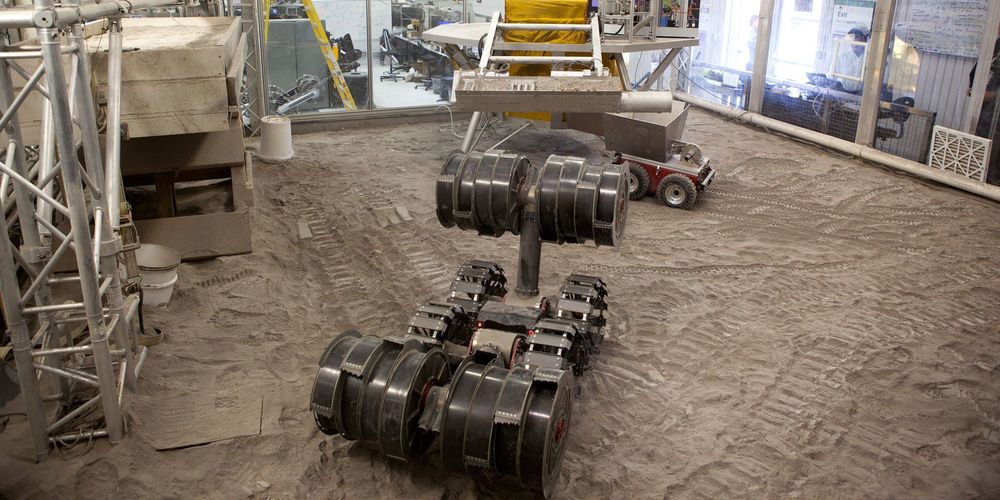Page 8800
May 20, 2019
Is dark matter made of axions? Black holes may reveal the answer
Posted by Genevieve Klien in categories: cosmology, evolution, particle physics

What is dark matter made of? It’s one of the most perplexing questions of modern astronomy. We know that dark matter is out there, since we can see its obvious gravitational influence on everything from galaxies to the evolution of the entire universe, but we don’t know what it is. Our best guess is that it’s some sort of weird new particle that doesn’t like to talk to normal matter very often (otherwise, we would have seen it by now). One possibility is that it’s an exotic hypothetical kind of particle known as an axion, and a team of astronomers are using none other than black holes to try to get a glimpse into this strange new cosmic critter.
Axion Agenda
Continue reading “Is dark matter made of axions? Black holes may reveal the answer” »
May 20, 2019
Biology and Physics on Station Today Promote Moon Mission Success in 2024
Posted by Michael Lance in categories: biotech/medical, food, habitats, space
The Expedition 59 crew is exploring space’s long-term impacts on biology and physics today helping astronauts go to the Moon in 2024. #Moon2024
The six residents aboard the International Space Station kicked off the workweek today exploring microgravity’s long-term impacts on biology and physics. The Expedition 59 crew is also ramping up for a fourth spacewalk at the orbital lab this year.
NASA is planning to send men and women to the Moon in 2024 and life science on the station will help flight surgeons keep lunar astronauts healthy. The space physics research will also provide critical insights to engineers designing future spacecraft and habitats for exploration missions.
Continue reading “Biology and Physics on Station Today Promote Moon Mission Success in 2024” »
May 20, 2019
Why CRISPR Technology is the Key to Innovation in AI
Posted by Marcos Than Esponda in categories: biotech/medical, food, genetics, robotics/AI
CRISPR technology is a simple yet powerful tool for editing genomes. It allows researchers to easily alter DNA sequences and modify gene function.
It has many potential applications include correcting genetic defects, treating and preventing the spread of diseases and improving crops. By delivering the CRISPR enzyme Cas9 nuclease coupled with synthetic guide RNA (gRNA) into a cell, the cell’s genome can be cut at a desired location, that allows existing genes to be removed or add new ones.
May 20, 2019
SpaceX Is Now Suing the United States Government
Posted by Michael Lance in categories: Elon Musk, government, space travel
And it doesn’t want the details of the case made public.
Elon Musk’s space company is taking the U.S. to court.
May 20, 2019
Success at the XPRIZE Foundation
Posted by Steve Hill in categories: biotech/medical, space travel
On April 29th and 30th, the XPRIZE Foundation hosted an event at its headquarters in Culver City, California that could have a profound effect on the evolving landscape of biorejuvenation research: the Future of Longevity Impact Roadmap Lab.
For those unfamiliar, the XPRIZE Foundation is famous for designing multi-million-dollar, global competitions to incentivize the development of technological breakthroughs, perhaps the most well-known being its first: the Ansari XPRIZE, which offered a $10,000,000 award for the first non-governmental organization to launch a reusable manned spacecraft into space twice within two weeks.
With this event, the purpose of which was to gather subject matter experts to brainstorm a potential longevity-research prize, XPRIZE has turned its focus towards solving the critical problem of age-related diseases on society and extending healthy human lifespan for all. As I was fortunate enough to directly participate in this exciting meeting, I’d like to share some of my experiences with you all.
May 20, 2019
NASA’s full Artemis plan revealed: 37 launches and a lunar outpost
Posted by Klaus Baldauf in category: space
May 20, 2019
Achieving Bezos’ bold vision of space settlement requires bold policy direction
Posted by Klaus Baldauf in categories: economics, habitats, policy, space
Those who watched the full 51-minute version of Jeff Bezos’ May 9 Blue Moon announcement were treated to a tutorial on the work of Dr. Gerard K. O’Neill. In the 1970s Dr. O’Neill popularized the idea of space colonies that rotate in orbit allowing tens of thousands of inhabitants to live comfortable lives in Earth-like habitats. Bezos even commissioned updated renderings to excite the audience’s imagination.
Bezos articulated, as he has on many occasions that human civilization should and must expand out into the space to live and work in permanent space settlements. Doing so will allow the best planet in the Solar System, the Earth, to become a protected treasure in the vast harshness of space.
He understands that by creating the infrastructure to accelerate economic development in space his vision of space settlement will more rapidly come to fruition. But Bezos is sober about his space colony ambitions. He calls it a multigenerational endeavor. And so it may be.
Continue reading “Achieving Bezos’ bold vision of space settlement requires bold policy direction” »
May 20, 2019
Inside Swamp Works, the NASA Lab Learning to Mine the Moon
Posted by Klaus Baldauf in category: space
NASA’s Swamp Works may be humans’ best hope for figuring out how to live and work on other planets.
May 20, 2019
Environmental toxins can impair sexual development and fertility of future generations
Posted by Xavier Rosseel in categories: biotech/medical, health, neuroscience
Exposure to environmental pollutants can cause alterations in brain development that affect sexual development and fertility for several generations, according to findings to be presented in Lyon, at the European Society of Endocrinology annual meeting, ECE 2019. The offspring of pregnant rats exposed to a mixture of common endocrine-disrupting chemicals (EDCs), at doses equivalent to those commonly experienced by people, showed impairments in sexual development and maternal behaviour that were passed on through several generations. These findings suggest that current levels of endocrine-disrupting chemicals in our environment may already be causing long-lasting harm and that people and agencies should take measures to minimise exposure.
Endocrine-disrupting chemicals can interfere with the normal function of our hormones and have previously been associated with infertility and altered sexual development in animals and people. We are exposed to hundreds of these pollutants in our daily lives, as they are used in the manufacture of plastics, pesticides and medicines. However, the extent of damage being done to our health and the consequences to future generations remains unclear. Rodent studies have suggested that exposure to EDCs can affect brain development through several generations but the generational effects on sexual development and reproduction have not previously been investigated.
In this study, David Lopez Rodriguez a graduate student in Anne-Simone Parent’s lab at the University of Liege in Belgium monitored the sexual development of three generations of rats, whose parent generation only were exposed to a mixture of common EDCs during pregnancy and lactation. The female rats born in the first and second generation showed impairments in their care for their own pups. However, the female rats in the second and third generation exhibited a delayed onset of puberty and altered reproductive cycle and ovarian follicle development, indicating that their fertility was affected, even though they were never themselves exposed to the EDCs. These changes were associated with altered gene expression in their brains that are known to affect how reproductive hormones are regulated.

















